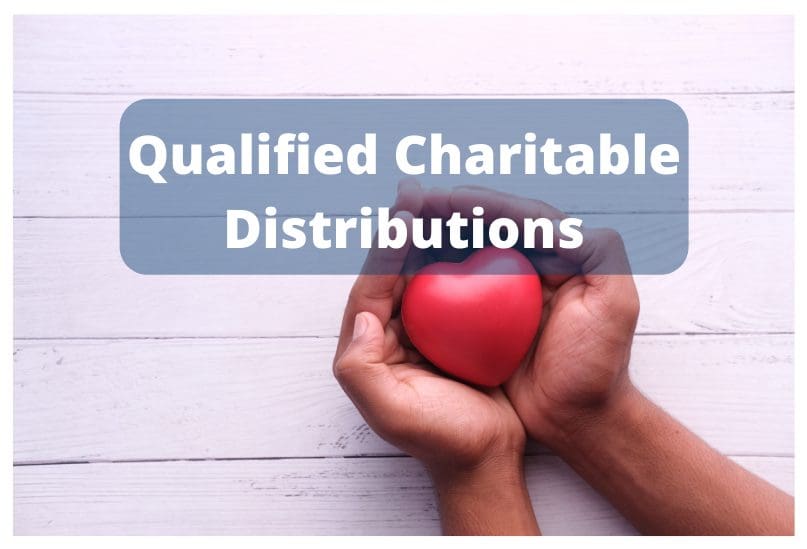
Qualified Charitable Distributions (QCDs) from you IRA can be an extremely effective way to greatly lower your tax bill. Below are some helpful guidelines, rules, and key considerations to help you decide if doing a qualified charitable distribution is right for you, and how to do it.
KEY POINTS TO CONSIDER
The annual limit per taxpayer is $100,000. It does not directly coincide with RMD’s (Required Minimum Distributions), but it does count towards them when those will start for you (age 72).
The IRA Account Owner must be at least 701/2 years old.
This is a very tax beneficial strategy, as it is an “above the line deduction”. This type of charitable distribution goes on top of your “standard deduction”.
It is highly recommended to confirm if the organization is eligible for QCDs (must be a 501(c) organization).
KEY RULES AND GUIDELINES
Must be done as a direct transfer from the IRA to the charity.
The IRA owner cannot receive any benefit from the charitable contribution. Any small gift or reward from the charity could make the entire contribution ineligible for QCD treatment.
All the regular rules for substantiating charitable contributions must be followed. That means the IRA owner should have documentation in writing from the charity acknowledging the amount and date of the contribution.
Qualified Charitable Distributions can be made only to public charities that are eligible for charitable contribution deductions under the regular IRS rules. Gifts to private foundations and donor-advised funds or that are used to fund charitable gift annuities are not eligible for QCDs.
The charity must be a 501(c)(3) organization, eligible to receive tax-deductible contributions.
REPORTING QUALIFIED CHARITABLE DISTRIBUTIONS ON YOUR TAX RETURN
Be sure you report the QCD properly on your income tax return. The IRA custodian will issue a Form 1099-R that will show the total amount of distributions from the IRA during the year. It won’t distinguish between QCDs and other distributions. You’ll report the full amount of the gross distributions on line 4a of your Form 1040. Subtract the QCDs and report the amount of the taxable distributions on line 4b.
Next to line 4b, you should enter “QCD” to let the IRS know you excluded part of the distributions as QCDs.
The IRS has an IRA FAQ – Distributions (Withdrawals) page (you can access the link here) on its website that contains valuable information.
We highly recommend working with a CPA, or Tax Accountant to help with reporting QCDs on your tax return appropriately.
Written by James Palmer
Associate Financial Advisor at Runey & Associates Wealth Management
